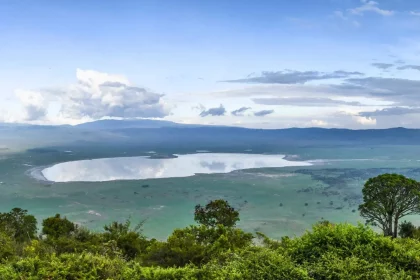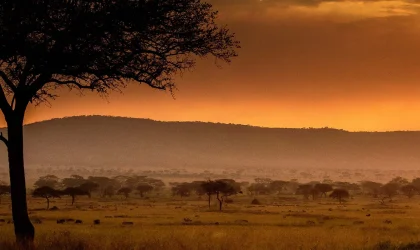
Tanzania’s World Heritage Site

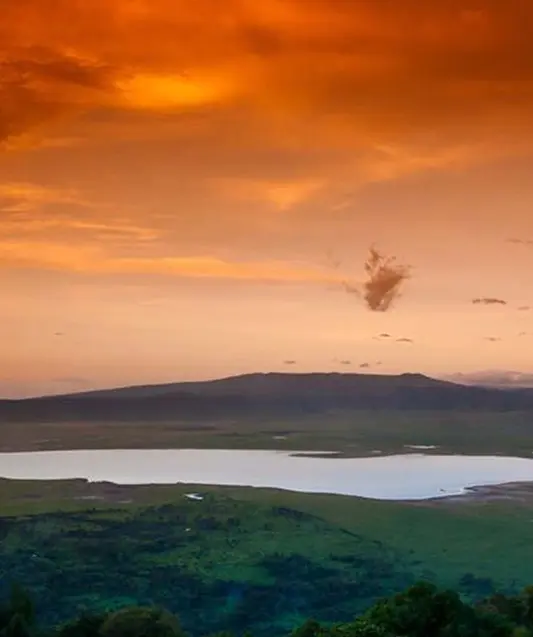
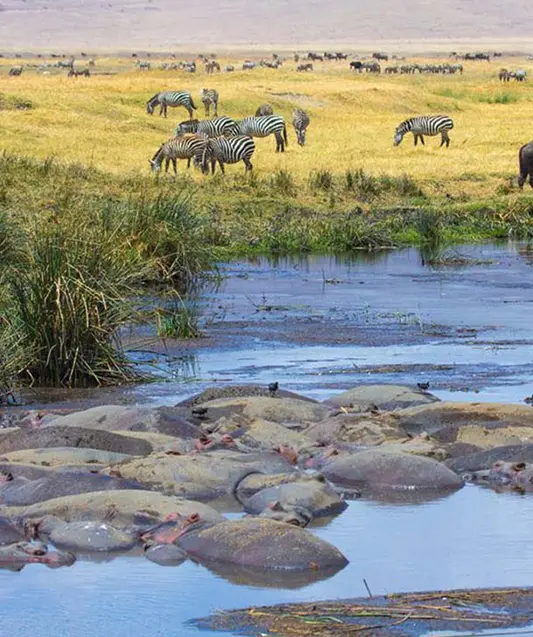
The crater is vast, covering 260 km² (100 mi²), with the rim standing 610 metres (2000 ft) above the surrounding landscape. The eruption coated both the inside of the crater and the surrounding area in mineral-rich dust and volcanic rock, creating a fertile base for soils to develop. And, from deep beneath the surface underground rivers bubbled out in a number of springs, bringing valuable nutrients to the surface.
With permanent water assured, animals settled within the confines of the crater. As the water they drank passed through them, it combined with their droppings to nourish the thin layer of soil, creating a massively productive, self-sustaining grassland. In time, both swamp and forest habitats formed – and the stage was set for the largest concentration of large mammals on the planet.
Over time, humans settled in the crater, naming it for the sound of cattle bells that once echoed across the crater floor (ngoro ngoro). While the name persists, human settlements were moved out of the crater to allow the wildlife to flourish, allowing it to become arguably the most sought-after wildlife destination on the planet.
Today, the crater is the centrepiece of the Ngorongoro Conservation Area, a World Heritage Site designated in 1959, for both the wildlife biodiversity and the record of prehistoric mankind revealed in places like the Olduvai Gorge. It is nestled between the Serengeti to the west and various game-controlled areas to the east; part of an extensive mixed-use conservation area where the pastoralist Maasai people still live a nomadic existence, in places grazing their cherished cattle alongside free-roaming wildlife.
Within the crater, cattle grazing is not permitted, and it is home to an estimated 25 000 large mammals, including elephants, buffalos, zebra, wildebeest, lions, hyenas, and dozens more species. While the predominant habitat is grassland, there are lakes, marshes, and patches of mixed woodland and forest.
The range of habitats lends itself to a remarkable diversity of species typical to the region, although crocodile, topi, giraffe and impala are conspicuous by their absence within the crater. Of the vast population of wildebeest and zebra, 25% leave the crater during the Serengeti migration, but game viewing is considered excellent all year round. Due to the extremely high density of lions and spotted hyenas, sightings of cheetahs, leopards and African wild dogs are scarce.
Various tourism regulations within the crater distinguish the safari activities from the norm. No walking safaris are allowed and all the vehicles must leave the crater by 16h30, and as such, no night game drives are possible. Visitors can however enjoy these activities and more at locations outside the crater.
There are a few lodges perched on the crater rim, although the majority that visit for safari excursions are generally within an hour’s drive. Long queues at the entrance gates necessitate an early start to maximise your viewing time. Two to three days are suggested to properly explore the crater. There is no airstrip within the crater and the nearest entrance gate is 180 km (110 mi) west of Arusha, where an entrance fee is payable, over and above other transit fees and expenses along the way.
WITHIN NGORONGORO CRATER
Highlights

Game Viewing
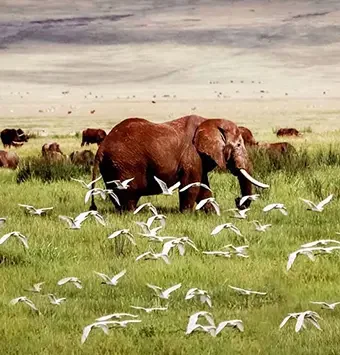
Bird Watching
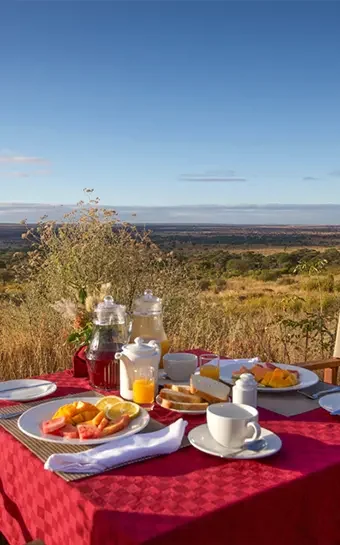
Picnic
WITHIN THE NGORONGORO CONSERVATION AREA
Highlights

Olduvai Gorge

Maasai or Hadzabe Cultural Experience
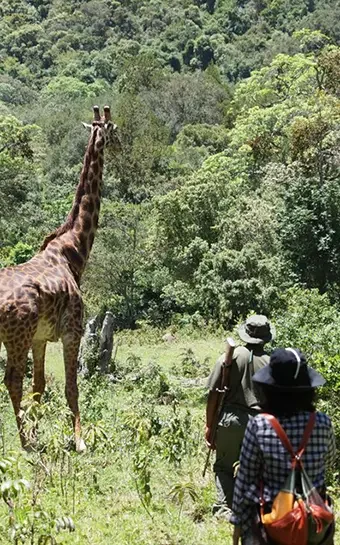
Hiking

Hot Air Balloon Trip
Areas of the Ngorongoro
Different areas of the Ngorongoro Crater & Ngorongoro Conservation Area
Venture into the heart of Tarangire National Park, where the harmonious blend of wildlife habitats beckons with captivating encounters and untold stories of survival. Explore the untamed beauty of the savannahs, woodlands, and riverbanks, revealing nature’s resilient spirit in every corner of this enchanting sanctuary.
A. Within the Crater


Lake Makat (Magadi)
This shallow soda lake that is fed by both rainfall and various rivers, adds a flash of colour, particularly when the surrounding grasslands are dry. Adding to the lush green on the banks, an incredible array of birds are found both in and around the water.
Perhaps most colourful of these are the many thousands of lesser flamingos that feed on the algae in the shallows. The algae, in combination with bacteria, turns the plumage of the birds a lovely pink.
Rafts of hippos pass the day in the water before leaving to graze overnight. Adjacent to the lake there is numerous mud wallows frequented by Cape buffalo, elephants, black rhinos, and warthogs.
Lerai Forest
Compared to the sparse vegetation on the south-facing slopes of the caldera, the vegetation on the north-facing slopes is relatively dense, particularly in the area known as the Lerai Forest in the southwest. The thicker layer of soil accumulated at the base of the slope means that large trees can establish their root structures and thrive in the temperate climate.
Of these, the distinctive yellow-barked fever tree (Vachellia xanthophloea) stands out, along with the twisted trunks of fig trees. The trees are home to numerous bird species, along with vervet monkeys, Olive baboons and tree hyraxes.
The trees also offer sanctuary to the few leopards present within the crater. Massive bull elephants collect seed pods and bark alongside bushbuck, eland and waterbuck. Some say this is the best place to spot black rhinos.




Ngoitokitok Springs Picnic Area and Swamp
With much of the day confined in a vehicle, a visit to the springs offers a welcome opportunity to stretch and enjoy a packed picnic lunch overlooking a small lake created by the springs that bubble up from the earth.
Within the water, hippos and waterfowl are almost constantly active. Stately elephant bulls and other wildlife often come down to drink. Birdlife is also prolific.
B. Beyond the Crater
Western Highlands
Roughly 30 km (18 mi) northwest of western Ngorongoro Entrance Gate lies the Olduvai Gorge, one of the world’s premier paleo-anthropological sites. There is a museum and tours to learn more about human evolution.
In this area, you will also find Lake Ndutu and Masek, renowned for their amazing birdlife. Another worthwhile destination is the so-called Shifting Sands, a near-black dune of volcanic ash that is moving slowly westwards at around 17m (50ft) per annum.
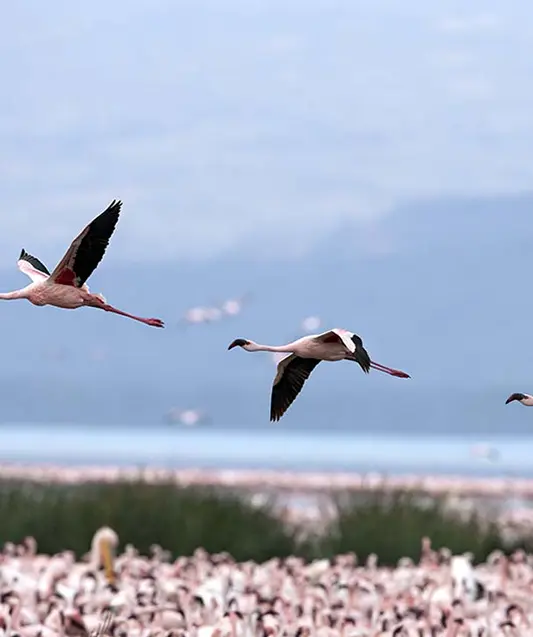

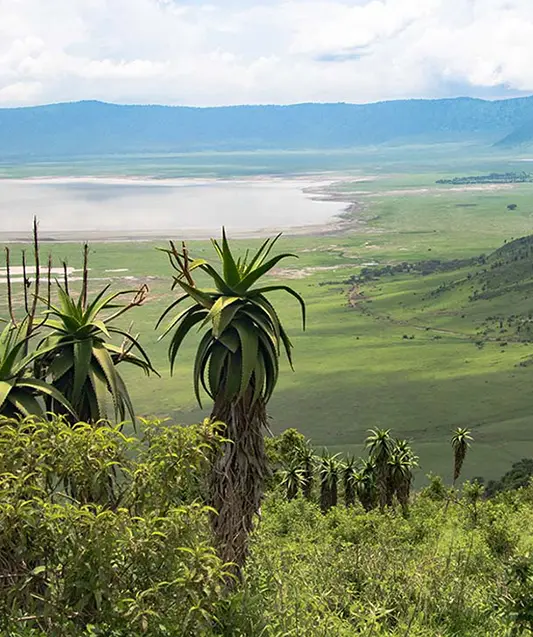

Eastern Highlands
This scenically beautiful region is a haven for nature lovers, particularly those who like to explore on foot. Of particular interest is the Empakaai Crater, where a considerable trek will take you to the lake on the crater floor.
The views of Mt Kilimanjaro and Lake Natron in the distance, and the sacred mountain of the Maasai Ol Doinyo Lengai (actually an active volcano), make this an area well worth exploring.
Southern Highlands
Also seldom visited, this area is rich in spectacular scenery and hiking opportunities. Experienced climbers can summit Mt Lemagarut (3 147m) to enjoy views of the Serengeti, Ngorongoro and Lake Eyasi. There are also opportunities for walking safaris with experienced rangers.




Northern Highlands
Geographically part of the Serengeti ecosystem, this area falls under NCA administration. Thousands of wildebeest, zebra and various antelope give birth to their young in this area, before rejoining the circuitous route of the Great Migration.
ACTIVITIES
Be one with the nature at Ngorongoro.
An African Safari is all about viewing wildlife in its natural habitat – but it wouldn’t be complete without social occasions in scenic settings to share the highlights of your adventure.

Game Drives
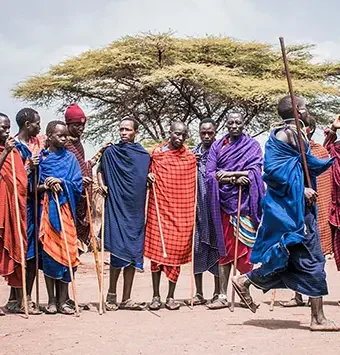
Cultural Visit

Picnic

Bird Watching

Hot-Air balloon trips

Hiking

Archaeological Excursions
EXPLORE
Our Tours
- Ngorongoro
- 4 Days
- Acacia Migration Camp
- Lake Manyara, Ngorongoro
- 2 Days
- The Castle at Ngorongoro
Wildlife, Landscapes, and Climate
Exploring the Splendors of Tarangire
With such a concentration of animals and a generally flat terrain with dense bush restricted to the base of the surrounding slopes, the wildlife is easy to spot, especially after the rains when the green grass renders most camouflage temporarily obsolete.
Of interest to the majority who visit are the lions, and the crater boasts one of the highest densities of Africa’s apex predator. The unfortunate downside of this is that with little incentive to migrate, inbreeding poses a threat to the population and there are conservation initiatives intent on mitigating this.
While many regard the lions as unquestionable masters of the domain, spotted hyenas are an intelligent and highly sociable adversary found in huge clans. Due to the exceptionally high populations of these two predators, sightings of the other top predators; cheetahs, leopards, and African wild dogs are very scarce, with your best chance of spotting a leopard being in the Lerai Forest on the southern slopes of the crater. The crater offers excellent opportunities to view smaller predators like the long-eared serval.
Mega-herbivores are represented by hippos, buffalo, elephants and black rhinoceros (of which several divide their days between the shade of the Lerai Forest and the wallows at the springs and lakes. Giraffes have never been known to live in the crater, presumably unable to navigate the steep slopes that surround it.
General game species include wildebeest, zebra, warthogs, eland, waterbuck, Grant’s and Thomson’s gazelle. Primates include vervet monkeys and baboons, while tree hyrax and bushbabies share the trees. Both terrestrial and water birds are well-represented thanks to the diverse habitats including riverine, marsh, grassland and forest.
Within the crater, surrounded by the steep caldera wall, one has the impression of being in a land that time forgot. At the foot of the slopes, forest surrenders to mixed woodland, and as the trees thin out, the flat savanna is a golden sea of grass. Around the lakes, a ring of green vegetation adds colour beneath the crisp blue sky.
Month to Month Average Temperatures
Overall, the weather across the Ngorongoro Conservation Area is warm throughout the day, cooling significantly through the night, and becoming cold at times. Little rainfall is expected between June and October. From November to May, two periods of rain bring isolated showers, but it seldom rains for the whole day.
Best Time To Go
When to Visit for the Best Experience
June to September
Dry Season
Due to the semi-confinement caused by the crater wall, for the most part, the wildlife population within the crater is consistently high. During the Dry Season, short grass makes spotting the wildlife easier.
November to May
Wet Season
That said, during the Wet Season, the lush grass enhances the visual appeal.
April to May
Tourist numbers are high all year round, with a slight dip in numbers in April/May.


